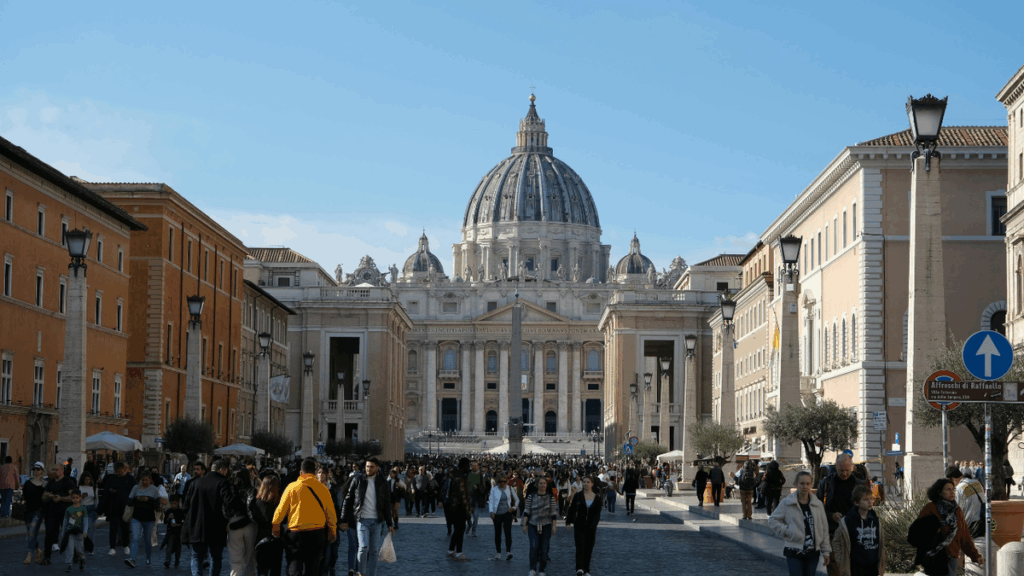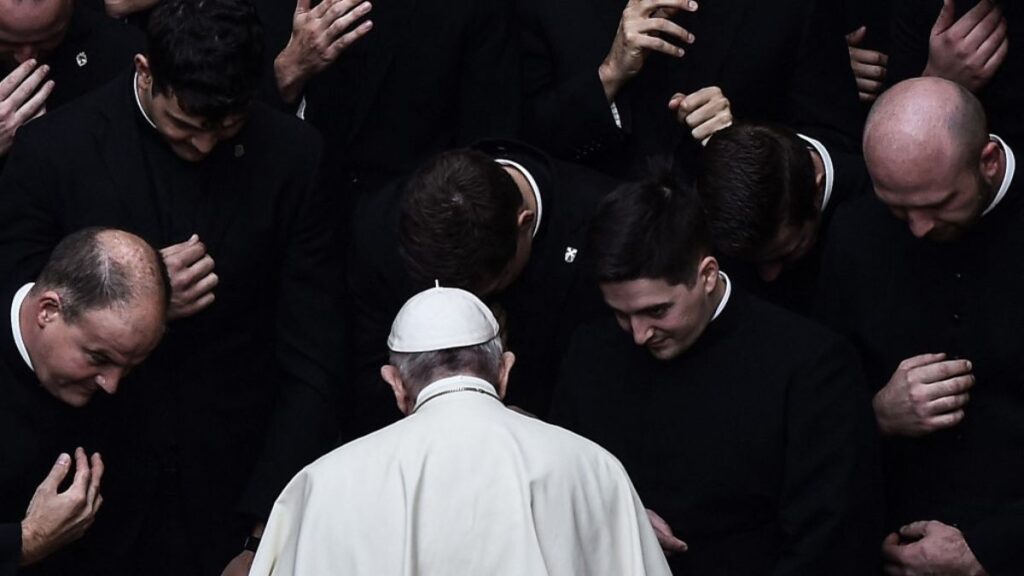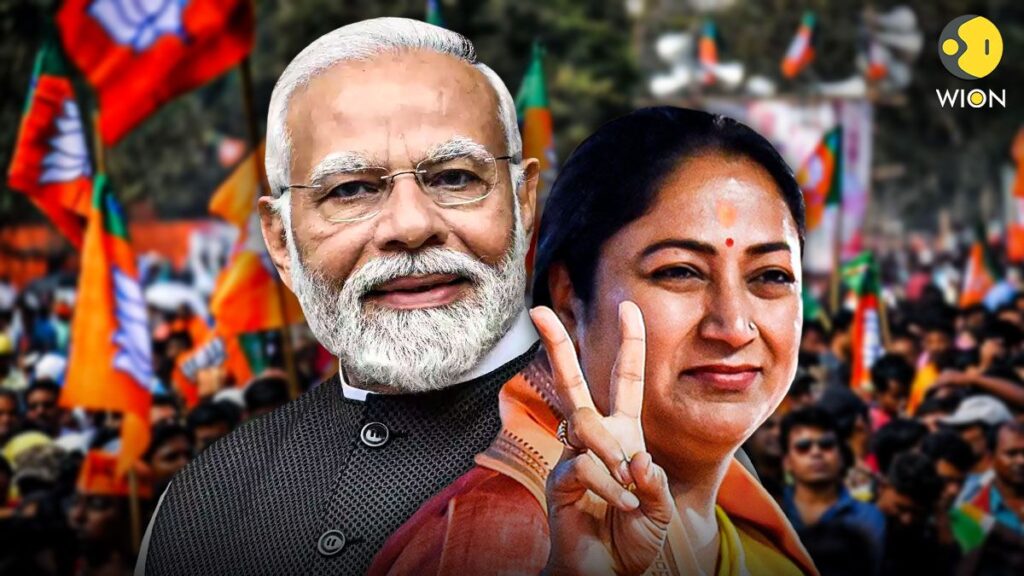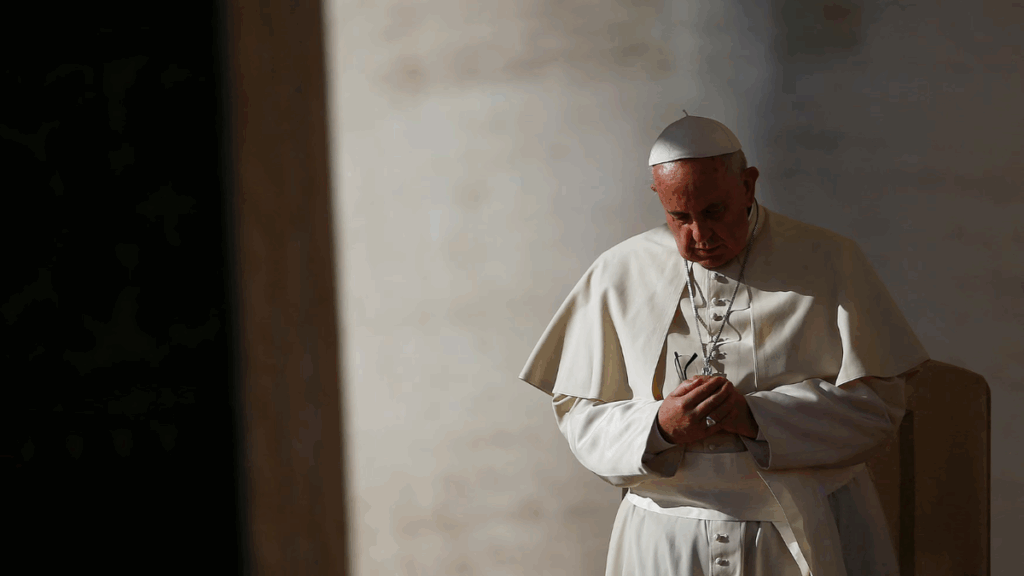
What happens inside Sistine Chapel when cardinals vote to elect new pope
The process to elect new leader of Roman Catholics has started after the demise of Pope Francis. The first vote of papal conclave 2025, however, was could not bring the necessary result as confirmed by the black smoke from Sistine Chapel chimney on Wednesday (May 7).
Out of more than 250 cardinals in world, only 135 who are below the age of 80 ‘on the day when the Apostolic See becomes vacant’ are allowed to take part in conclave. Currently, 133 cardinals are in Vatican City for the process while two could not travel due to health concerns.
What happens inside Sistine Chapel during the process of electing the new pope?
Before entering the Sistine Chapel, where the process takes place, all eligible cardinals take the ‘oath of secrecy.’
The voting process happens in morning and afternoon sessions. First of all nine cardinals are chosen randomly to perform the roles of Scrutineers (three) to oversee the voting, Infirmarii (three) to collect votes from the sick, and Revisers (three) to verify the results.
Afterwards, ballot papers are given to each cardinal on which they write the name of their preferred candidate for the new pope as “I elect as Supreme Pontiff.”
The three Scrutineers, meanwhile, sit at a table with ballot receptors in front of the altar. Once done writing the name on the ballot, each cardinal walks to altar in order of seniority, holding his ballot in air and drops the ballot in the first receptor while declaring “I call as my witness Christ the Lord who will be my judge, that my vote is given to the one who before God I think should be elected.”
A sick cardinal can also cast his vote via a locked box brought to him by Infirmarii.
After all the ballots are received, Scrutineers review and tally the ballots and if a candidate receives 2/3rd majority, he’s declared as the new pope.
To count the ballots, first Scrutineer shakes the receptor to mix the ballots and the third one counts them and if the number doesn’t match to total electors, the ballots are burned and the vote is redone.
If the ballot tally matches the number of electors, then first Scrutineer unfolds the each ballot, notes the name written and passes the ballot to second Scrutineer.
The second Scrutineer notes the chosen name and passes the ballot to third Scrutineer who reads the name loud for every elector to hear and records the vote.
After reading all the votes, the ballots are tied together and kept in third receptor. If a candidate receives majority then the ballots are burned with chemicals which produce white smoke from chimney, signaling the election of new pope has concluded.
If no candidate receives majority, then ballots are burned with chemicals which produce black smoke and the process continues.





Responses